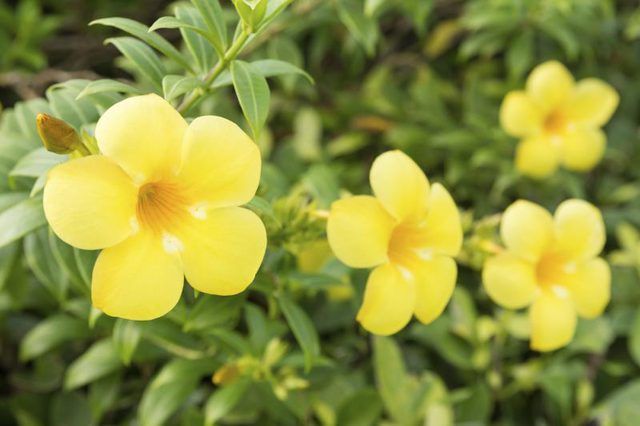Bulbs
Flower Basics
Flower Beds & Specialty Gardens
Flower Garden
Garden Furniture
Garden Gnomes
Garden Seeds
Garden Sheds
Garden Statues
Garden Tools & Supplies
Gardening Basics
Green & Organic
Groundcovers & Vines
Growing Annuals
Growing Basil
Growing Beans
Growing Berries
Growing Blueberries
Growing Cactus
Growing Corn
Growing Cotton
Growing Edibles
Growing Flowers
Growing Garlic
Growing Grapes
Growing Grass
Growing Herbs
Growing Jasmine
Growing Mint
Growing Mushrooms
Orchids
Growing Peanuts
Growing Perennials
Growing Plants
Growing Rosemary
Growing Roses
Growing Strawberries
Growing Sunflowers
Growing Thyme
Growing Tomatoes
Growing Tulips
Growing Vegetables
Herb Basics
Herb Garden
Indoor Growing
Landscaping Basics
Landscaping Patios
Landscaping Plants
Landscaping Shrubs
Landscaping Trees
Landscaping Walks & Pathways
Lawn Basics
Lawn Maintenance
Lawn Mowers
Lawn Ornaments
Lawn Planting
Lawn Tools
Outdoor Growing
Overall Landscape Planning
Pests, Weeds & Problems
Plant Basics
Rock Garden
Rose Garden
Shrubs
Soil
Specialty Gardens
Trees
Vegetable Garden
Yard Maintenance
How to Grow Esperanza Yellow Bells
How to Grow Esperanza Yellow Bells. Esperanza and yellow bells are two common names for Tecoma stans, a species of small tree prized for its golden yellow flower clusters. Two subspecies are widely cultivated in landscaping: Arizona yellow bells (Tecoma stans var. angustata) and common yellow bells (Tecoma stans var. stans). Both have similar...

Esperanza and yellow bells are two common names for Tecoma stans, a species of small tree prized for its golden yellow flower clusters. Two subspecies are widely cultivated in landscaping: Arizona yellow bells (Tecoma stans var. angustata) and common yellow bells (Tecoma stans var. stans). Both have similar physical characteristics, but they vary slightly in their climate requirements, growing conditions and overall care.
Climate Concerns
As a group, yellow bells grow best throughout U.S. Department of Agriculture plant hardiness zones 7 to 11, although cold tolerance varies between species. Common yellow bells originated in subtropical and tropical landscapes from Texas to Argentina and are less cold tolerant. They perform best within USDA zones 10a to 11, although they will survive outdoors in USDA zone 9 with protection. Arizona yellow bells tolerate colder conditions and will thrive in USDA zones 7 to 11, although they may die back to the ground in USDA zone 7 without protection.
Growing Conditions
Yellow bells require full sun exposure, regardless of the species. Shade reduces flowering and encourages a rangy, undesirable shape, which increases the need for pruning. Grow yellow bells in a bed with southern exposure and moderately fertile, fast-draining soil. In colder areas where frosts are common, grow yellow bells in a large, draining pot with a diameter of at least 12 inches. Use a growing mix of 3 parts standard potting soil with 1 part washed, medium-grit sand to increase drainage and porosity in the soil. Bring potted yellow bells indoors and place them in a warm, south-facing room if frost is forecasted.
Watering Tips
The watering needs of yellow bells vary according to the season and the plant's growing conditions. Established yellow bells tolerate moderate drought but will lose leaves if kept too dry during the spring. Provide 1 inch of water weekly from late winter until late spring, wetting the soil in the top 6 to 15 inches, to encourage yellow bells to maintain their foliage. Water deeply but infrequently during the summer months, allowing the soil to dry out completely between waterings. Potted yellow bells need regular watering from spring until late summer. Water when the soil dries out on the surface, then water until the excess trickles from the pot. In winter, water potted yellow bells only enough to keep it from wilting.
Fertilizer Needs
Yellow bells are light feeders that require very little supplemental fertilizer. However, potted yellow bells or those grown in very poor, porous soil may need a little boost of nutrients during the summer months to support their growth. Dissolve 1/2 teaspoon of 10-10-10 or 7-9-5 fertilizer in 1 gallon of water. Apply the solution to the moist soil bi-monthly -- or every eight weeks -- from spring until later summer. Feed potted yellow bells monthly, especially if it grows very slowly or its flower production is lacking. Cease feeding in late summer at least eight weeks before the first frost so the new growth has a chance to mature, then resume feeding in spring after temperatures warm and new growth emerges.
Special Considerations
Adaptable and showy, common yellow bells may seem like an ideal addition to landscaping in warmer climates, but they are not without drawbacks. They are prone to invasiveness in areas such as Florida and Hawaii, where they can crowd out native plants. Grow common yellow bells in pots in warm, frost-free climates such as Florida or Hawaii where they might escape cultivation and become invasive, or grow them in garden beds surrounded by concrete or other impermeable surfaces. Prune off the flowers after they fade to prevent seed production and compost clippings to keep them from taking root.